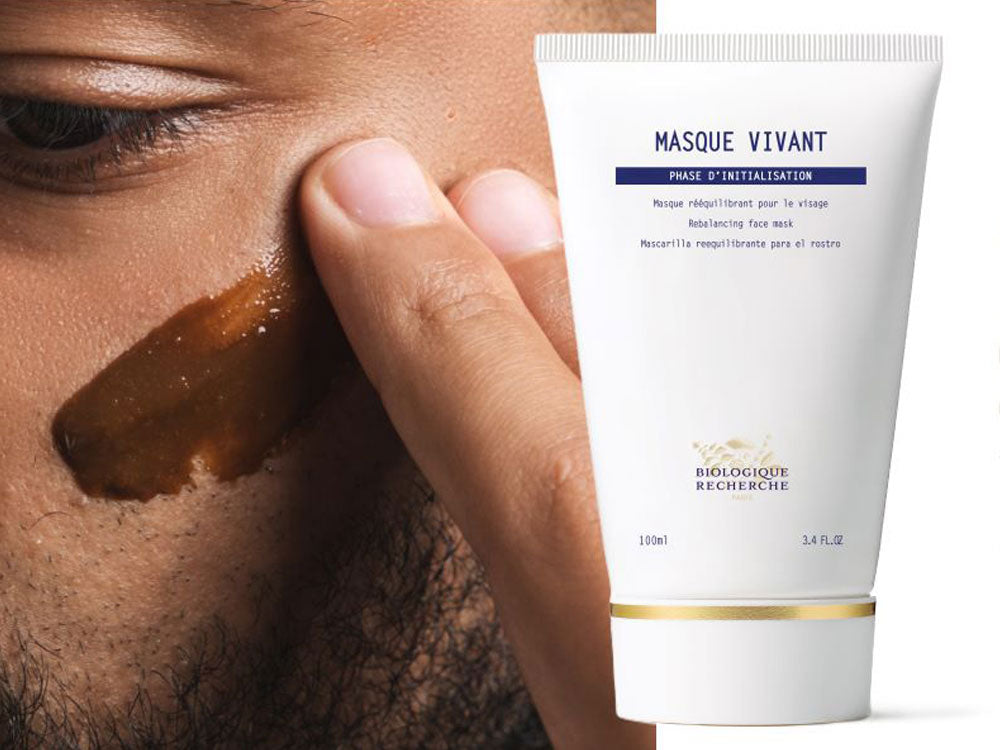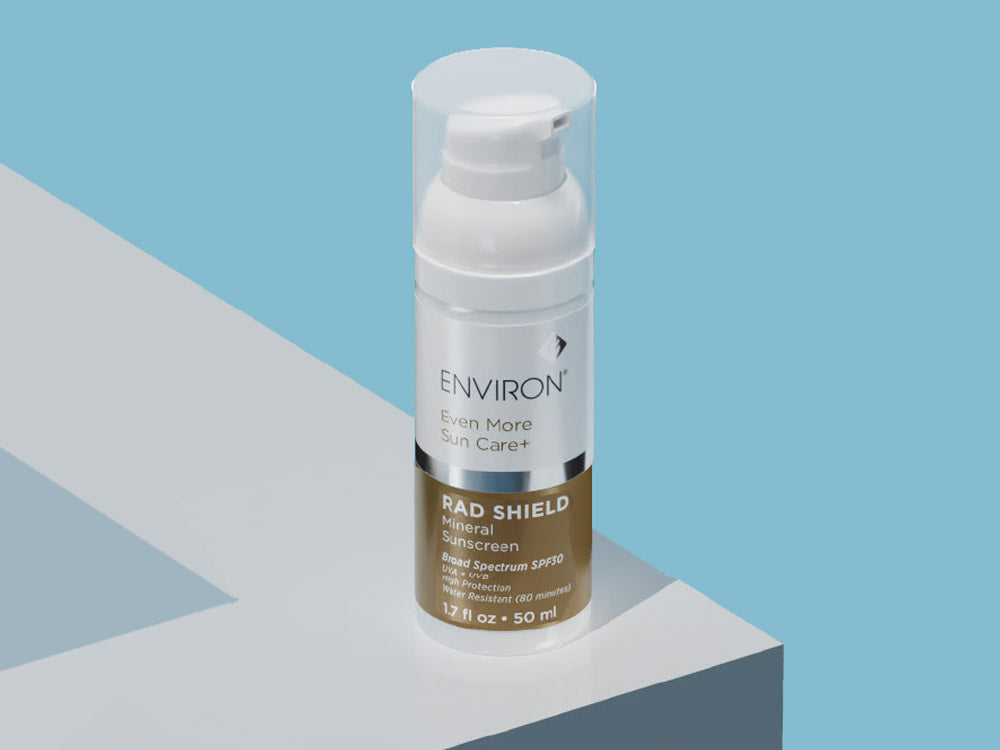Protecting your skin from sun damage and other environmental aggressors is key to maintaining a health glow and fighting off the signs of premature aging. Exposure to the sun all year long can cause premature aging of the signs and result in sun spots, lines and wrinkles, loss of elasticity, dull skin and uneven skin tone. Heavy exposure to the sun can also lead to skin cancer. It is critical to protect your skin 12 months of the year with or without the sun shining. Here are some of the facts:
What are UV-A and UV-B rays?
UV stands for ultraviolet. Both are forms of ultraviolet rays from the suns but they differ in wavelength, energy, and biological effects. UV-A rays penetrate deeper into the skin and epidermis which causes skin aging. UV-B rays affects mostly the outer layers of the skin. Over exposure to UV-B rays is the cause of sunburns, redness, irritation and direct DNA damage. As a result your skin will age faster.
What is the best way to protect against UV rays and sun damage?
The most effective way for protection is with regular use of a SPF sunscreen. SPF sunscreens are recommended to each and every day of the year. UV rays are still present and harmful even if the sun is not shining. Frequent application is recommended especially if you are exposed to the sun for extended periods of time.
How often should I apply my SPF sunscreen?
Application of your SPF sunscreen should be your last step in your skincare routine to start your day. It should be applied after cleansing, toning, masking, serums and any face cream. You should reapply every 2-3 hours and more frequently if swimming, perspiring or after exercise. This will provide the most effective protection.
What does SPF stand for and mean?
SPF stands for sun protection factor. It is a measure of how well your skin is protected from UV-B rays and how much longer you can stay in the sun vs unprotected skin. For example If your skin would normally burn after 10 minutes of sun exposure an SPF 30 sunscreen allows you to stay in the sun for 300 minutes (10 × 30) without burning.
Does sunscreen block 100% of UV Rays?
No sunscreen blocks 100% of UV Rays. SPF 15 blocks 93%, SPF 30 - 97%, SPF 50 -98% and SPF50 blocks 99%. Note a higher SPF does not mean you can stay in the sun all day. A higher SPF will reduce the risk but not eliminate it.
What is a broad spectrum sunscreen?
SPF does not measure protection of against UV-A rays. It only protects against UV-B rays which cause sunburns. You must use a broad spectrum sunscreen to be protected from UV-A rays as well as UV-B rays. The product name must include "broad spectrum" and will include common ingredients such as zinc oxide or titanium oxide (mineral/physical). Chemical ingredients include avobenzone, oxybenzone, ecamsule or octocrylene.
Broad-spectrum sunscreen equals dual protection against both UV-A and UV-B rays.
It shields your skin from sunburn and premature aging and helps reduce the risk of skin cancer.
What is a mineral sunscreen?
A mineral sunscreen is also know as a physical sunscreen and uses natural ingredients to block and reflect UV rays from the sun. These products sit on top of the skin, generally are healthier for the skin and work immediately after application. Preferred for sensitive skin, babies or people with rosacea or eczema. Most will cause fewer allergic reactions and be gentler on the skin. Most are considered reef safe.
Environ RAD SPF 30 Shield Mineral Sunscreen
Augustinus Bader The Mineral Sunscreen SPF 50
111SKIN SPF 50 Advanced Sun Protection
Cle de Peau Beaute UV Protective Broad Spectrum SPF 50 Sunscreen (face)
Cle de Peau Beaute UV Protective Emulsion For Body SPF 60 Sunscreen (water resistant)
An don't forget to protect your lips! Cle de Peau Protective Lip Treatment SPF 25

Questions? We are here to help. Reach and connect for your personalized skincare consultation.
Visit www.paullabrecque.com to Shop all your favorite sun care and skincare products. Enjoy Fast Free Shipping and Free Generous Samples With Every Order!







